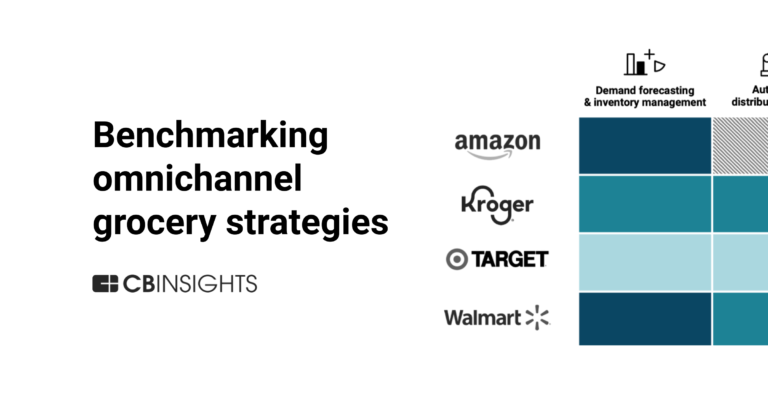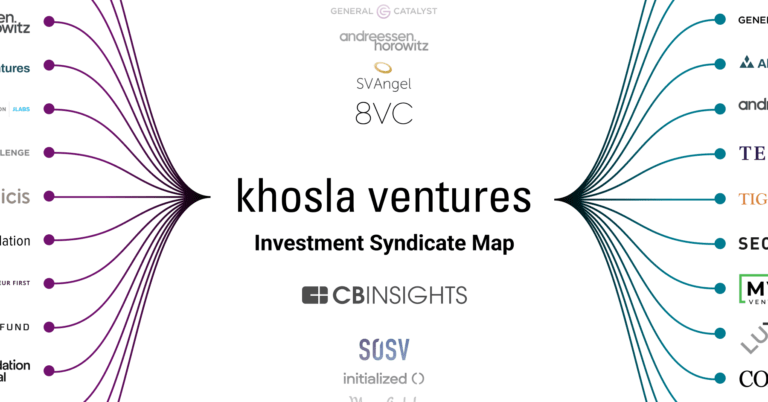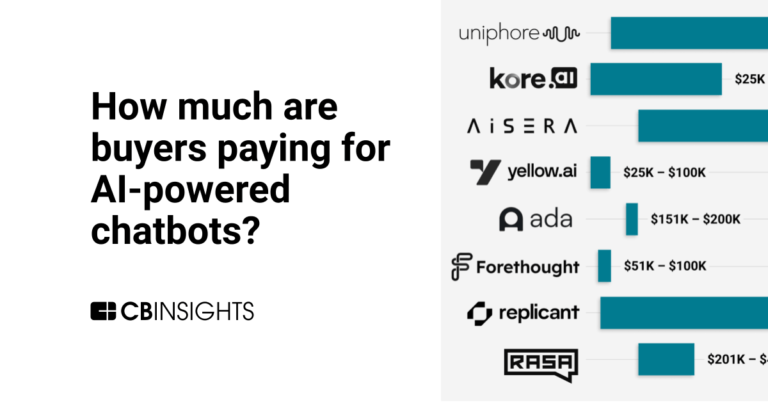
Instacart
Founded Year
2012Stage
IPO | IPOTotal Raised
$2.861BDate of IPO
9/19/2023Market Cap
10.51BStock Price
39.73Revenue
$0000About Instacart
Instacart operates an online marketplace for grocery delivery and pickup services. The company provides a platform where customers can order groceries, alcohol, and home essentials from various retailers and have them delivered or prepared for curbside pickup by personal shoppers. Instacart's services cater to individual consumers and businesses, offering technology products to fulfill orders and provide digital advertising services. It was founded in 2012 and is based in San Francisco, California.
Loading...
ESPs containing Instacart
The ESP matrix leverages data and analyst insight to identify and rank leading companies in a given technology landscape.
The on-demand grocery delivery market consists of third-party platforms that connect consumers with grocery products from multiple retailers, dark stores, or independent warehouses. Unlike retailer-owned delivery services, these companies operate as intermediaries, maintaining their own driver networks and technology infrastructure to enable rapid deliveries. They typically offer competitive prici…
Instacart named as Leader among 15 other companies, including DoorDash, Uber, and Deliveroo.
Loading...
Research containing Instacart
Get data-driven expert analysis from the CB Insights Intelligence Unit.
CB Insights Intelligence Analysts have mentioned Instacart in 20 CB Insights research briefs, most recently on Jan 25, 2024.
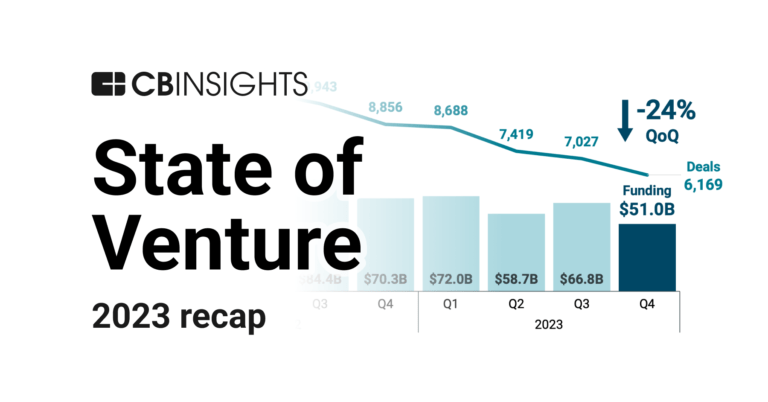
Jan 4, 2024 report
State of Venture 2023 Report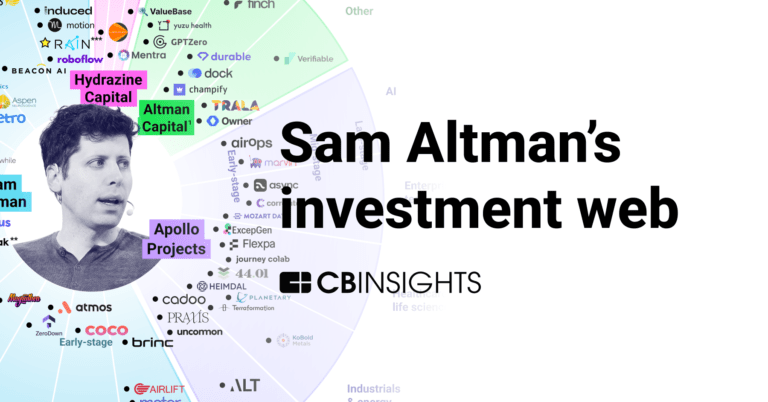
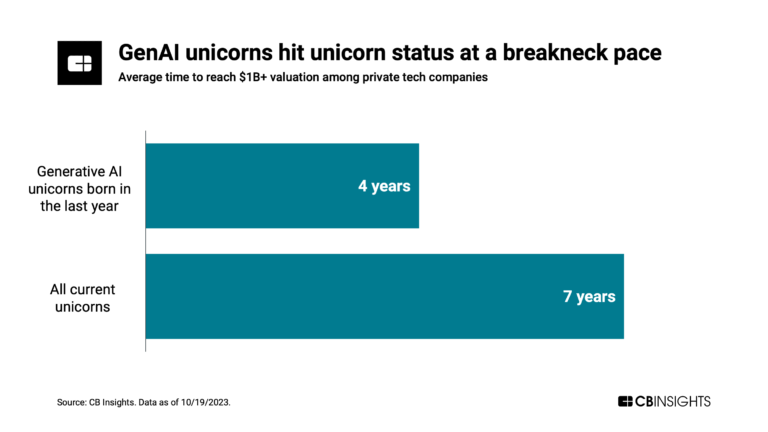
Nov 21, 2023
Has the global unicorn club reached its peak?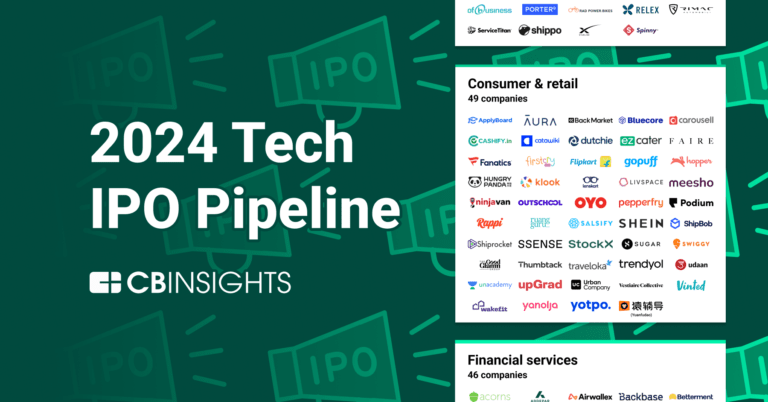
Nov 20, 2023 report
The 2024 Tech IPO Pipeline
Oct 12, 2023 report
State of Venture Q3’23 ReportExpert Collections containing Instacart
Expert Collections are analyst-curated lists that highlight the companies you need to know in the most important technology spaces.
Instacart is included in 8 Expert Collections, including Supply Chain & Logistics Tech.
Supply Chain & Logistics Tech
5,977 items
Companies offering technology-driven solutions that serve the supply chain & logistics space (e.g. shipping, inventory mgmt, last mile, trucking).
Grocery Retail Tech
648 items
Startups providing B2B solutions to grocery businesses to improve their store and omni-channel performance. Includes customer analytics platforms, in-store robots, predictive inventory management systems, online enablement for grocers and consumables retailers, and more.
On-Demand
1,244 items
Tech IPO Pipeline
568 items
Food & Meal Delivery
1,595 items
Startups and tech companies offering online grocery, food, beverage, and meal delivery services.
Conference Exhibitors
5,302 items
Latest Instacart News
Mar 31, 2025
Ivy Liu Despite there being a sea of more than 250 retail media networks, the reality is that it works out to be Amazon, Walmart and everybody else. Everybody else — in other words, the smaller players like Best Buy Ads and DoorDash — has spent Q1 of this year working to step out of Amazon and Walmart’s shadows and take in more ad spend. While media buyers and retail media agency executives say there’s a chance for these smaller competitors to achieve their goal and actually take in more ad spend, it’s unclear if their efforts, which include third-party partnerships and new ad offerings, will be enough to eat into the market share of the RMN titans. “If these small networks can play their data cards right, they can set themselves apart from Walmart and Amazon,” Cindy Meltzer, vp of research and analytics at ad agency Dagger, said in an email to Digiday. “Sometimes niche is more profitable than scale.” Retail media is a $140 billion global business, according to 2024 figures from eMarketer. For all the dollars being pumped into retail media, 85% of spend goes to Amazon and Walmart, leaving the remaining 15% for the smaller RMNs, per recent research from retail media platform Zitcha . (Read more about why media buyers see Walmart’s RMN as the “one to watch” here .) Expanding ad formats and inventory In an effort to grab a bigger share of the RMN market, Best Buy Ads announced Social+ earlier this month, a new offering allowing brand and agency partners to reach Best Buy’s audience across social campaigns on Meta’s Facebook and Instagram platforms. Meanwhile, Volta Media, oil and gas company Shell’s ad network, rolled out a “No Risk, All Reward” program, which guarantees incremental return on ad spend. This week, DoorDash announced banners as a new ad format, as well as new bidding and reporting capabilities for sponsored products in its DoubleDash (a feature that allows DoorDash users to combine orders). And Instacart announced a partnership with supermarket chain Hy-Vee that allows Instacart brand partners the opportunity to extend Instacart Ads campaigns to Hy-Vee.com to try to reach more shoppers. All signs point to these smaller players heating up the RMN marketplace, but advertisers’ dollars haven’t yet started following. Three of the four agencies Digiday spoke with for this story said the bulk of their clients’ retail media ad spend goes to Amazon and Walmart as opposed to smaller competitors. Brunner, a full-service marketing agency, said it’s recommended clients allocate 10% to 15% of total budgets for testing and learning, with budget allocation ultimately hinging on performance. (Neither Brunner nor the three other agencies Digiday interviewed offered detailed client ad spend figures.) “When our clients are thriving and experiencing growth on platforms like Walmart or Amazon, there’s little reason to shift or test those dollars,” said Kevin Amos, Brunner’s partner and chief media and data officer. While the agency has seen some success with the smaller RMN players, there’s still the issue of scale and limited audience size, which often means returns diminish quickly, Amos added. Banking on niche audiences While it’s true that ad dollars don’t seem to be shifting toward these smaller RMNs just yet, it’s still early days for their changes to ad formats and inventory, and experts believe the “everybody else” beyond Amazon and Walmart do have a fighting chance. In comparison to Amazon and Walmart, other RMN players lack scale, but they have a chance to snap up some ad dollars from the two biggest names in the space if they can innovate around their niche audiences to offer advertisers more data-fueled, hyper-targeted ad campaigns. “For some, especially in the grocery side, they have loyalty programs,” said Brandy Alexander, founder and managing director of Tandemtide, a performance marketing and omnichannel commerce firm. “When you look at a Target or a Kroger, the big thing is you’re going to have that loyalty purchase data that you wouldn’t get with a Walmart or Amazon.” To Meltzer’s point, niche audiences do have the potential to be more profitable than scale. But the question remains whether the smaller RMNs that have these niche audiences will be able to steal a significant market share away from Amazon or Walmart. Roxanna Larizadeh Nassif, deputy managing director or retail media at Brainlabs, a digital marketing agency, said she looks at it as a series of opportunities and challenges. For example, on one hand, Best Buy has a strong brand reputation, which makes its retail media network prime real estate for tech and consumer electronic brands. On the other hand, Nassif pointed out that Amazon has a massive e-commerce presence and the retail data to go with it, while Walmart has its own media network in addition to an in-store and online presence. “Best Buy will need to offer something uniquely compelling in terms of targeting and creativity to carve out a space for itself,” she said. Growing third-party partnerships To better set themselves up in the retail media market, some smaller RMNs are looking to partnerships with third-party platforms to differentiate themselves. In addition to Instacart’s partnership with Hy-Vee, Albertsons Media Collective teamed up with TransUnion at this year’s Consumer Electronics Show to launch a new API to help advertisers compare performance across retailers and channels. Also at CES this year, DoorDash linked up with The Trade Desk, making a similar move to connect its data with TTD’s programmatic technology. These partnerships come as RMNs push growth into off-site channels, making it harder for advertisers to measure return on investment, per Marketing Dive . Best Buy got ahead of this curve in 2023, when Roku and Best Buy announced a partnership allowing Roku to use Best Buy’s data to target ads. As Amazon and Walmart continue to grow their RMs and their audiences become less unique, these smaller retail media networks with niche audiences may get their chance to seize some of the growing RMN ad spend for themselves. At the same time, brands are eager to diversify their retail media investments, making smaller RMNs’ case even stronger, per media buyers and agency execs. “Smaller platforms can usually be more nimble, while their data may not be as vast as Walmart’s or Amazon’s, they can create bespoke solutions for individual partners,” said Ashley Karim-Kincey, svp of media at Dagger. “This will inherently push the industry challenging the behemoths and how they use their data and platforms for advertisers.”
Instacart Frequently Asked Questions (FAQ)
When was Instacart founded?
Instacart was founded in 2012.
Where is Instacart's headquarters?
Instacart's headquarters is located at 50 Beale Street, San Francisco.
What is Instacart's latest funding round?
Instacart's latest funding round is IPO.
How much did Instacart raise?
Instacart raised a total of $2.861B.
Who are the investors of Instacart?
Investors of Instacart include PepsiCo, Sequoia Capital, Andreessen Horowitz, D1 Capital Partners, T. Rowe Price and 34 more.
Who are Instacart's competitors?
Competitors of Instacart include Shadowfax, Roadie, Ninja Van, Glovo, Picnic and 7 more.
Loading...
Compare Instacart to Competitors

Glovo provides delivery services across various sectors. The company offers a platform for users to order food, groceries, and other items from local businesses and have them delivered. It serves the electronic commerce industry with a focus on food delivery and retail items. The company was founded in 2015 and is based in Barcelona, Spain. In December 2021, Delivery Hero acquired a majority stake in Glovo values the company at $2.6B.

Shadowfax offers an e-commerce Direct-to-Consumer (D2C) platfrom for quick commerce delivery services. The company provides standard, same-day, and next-day delivery, as well as pickup and drop-off services for various sectors. It serves e-commerce businesses, small and medium enterprises, and individuals requiring courier services. It was founded in 2015 and is based in Bengaluru, India.

Roadie provides logistics management and crowdsourced delivery solutions within the logistics and transportation industry. The company offers local same-day delivery, delivery from warehouse with in-house sortation, oversized delivery, and returns services. Its services are utilized in various sectors including electronic commerce, healthcare, and construction supplies. It was founded in 2014 and is based in Atlanta, Georgia. In September 2021, Roadie was acquired by United Parcel Service.

Ninja Van is a tech-enabled logistics company that specializes in e-commerce express logistics. The company offers a suite of solutions for parcel delivery, including digital and full-funnel marketing services to enhance shippers' sales. Ninja Van's network extends to various sectors, including e-commerce and business-to-business inventory restocking. It was founded in 2014 and is based in Singapore.

Huolala is an internet logistics platform. It provides same-city and cross-city freight transportation, enterprise logistics services, less-than-truckload (LTL) transportation, car rental and after-sales services, and more. It was formerly known as EasyVan. The company was founded in 2013 and is based in Guangzhou, China.

Gopuff is a commerce platform operating in the retail sector. The company offers various products including groceries, alcohol, home essentials, cleaning products, medication, pet care, office supplies, beauty and wellness items, baby products, food, drinks, and local brands, all available for delivery. It was founded in 2013 and is based in Philadelphia, Pennsylvania.
Loading...

